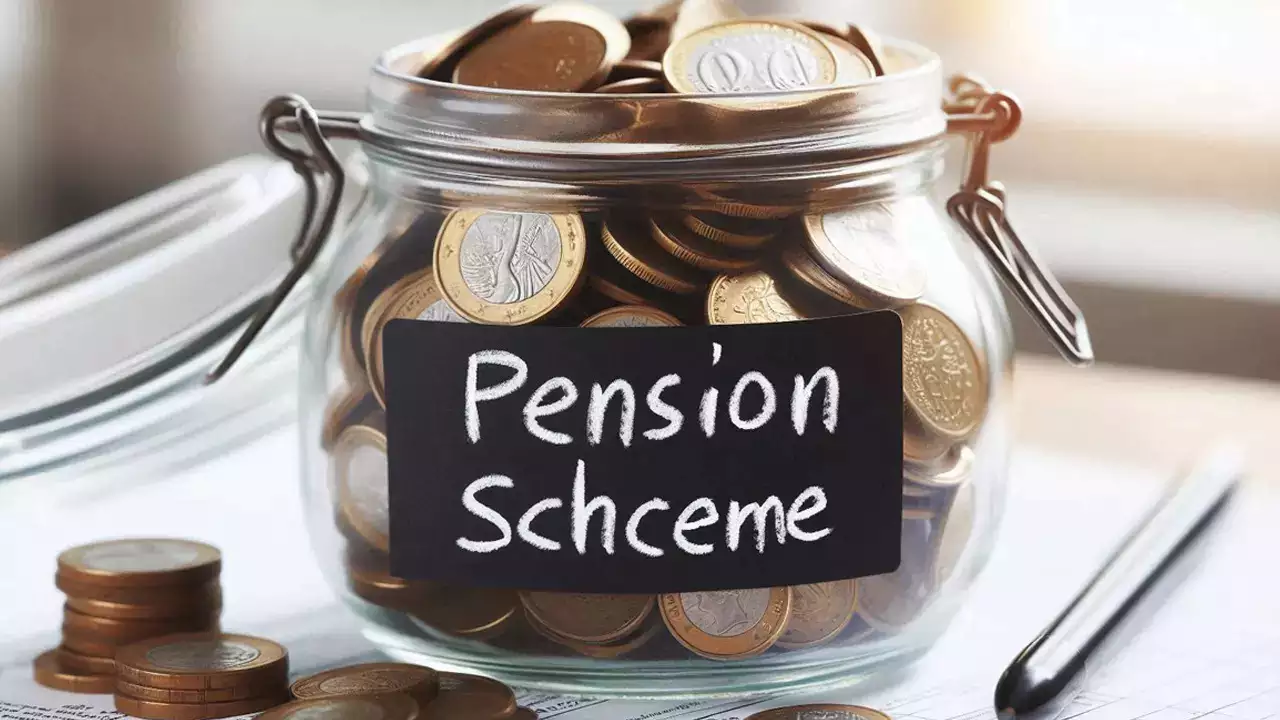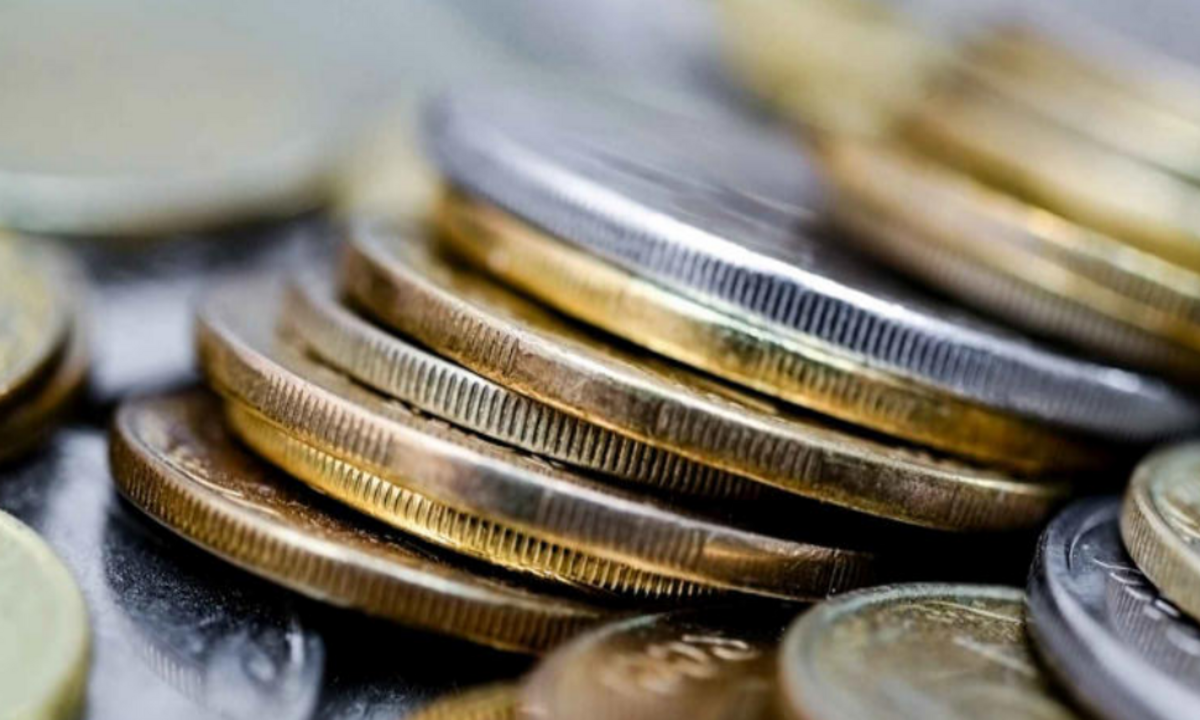When buying a car with a loan, one of the most important things to understand is APR (Annual Percentage Rate). Simply put, APR is the total cost of borrowing money for your car purchase. It includes not just the interest rate but also additional fees, which makes it a better indicator of what you’ll actually pay over time.
For example, if you take a $20,000 car loan at an 8% interest rate, you’ll pay about $1,600 in interest per year. However, once lender fees are factored in, your APR might be slightly higher—say, 8.5%. This means the total cost of your loan isn’t just about the interest rate; it’s about the full financial picture.
So why does APR matter? Because it directly affects how much you’ll pay for your car in the long run—and that’s something you definitely want to keep in check!
How Your APR Affects Your Car Loan Payments?
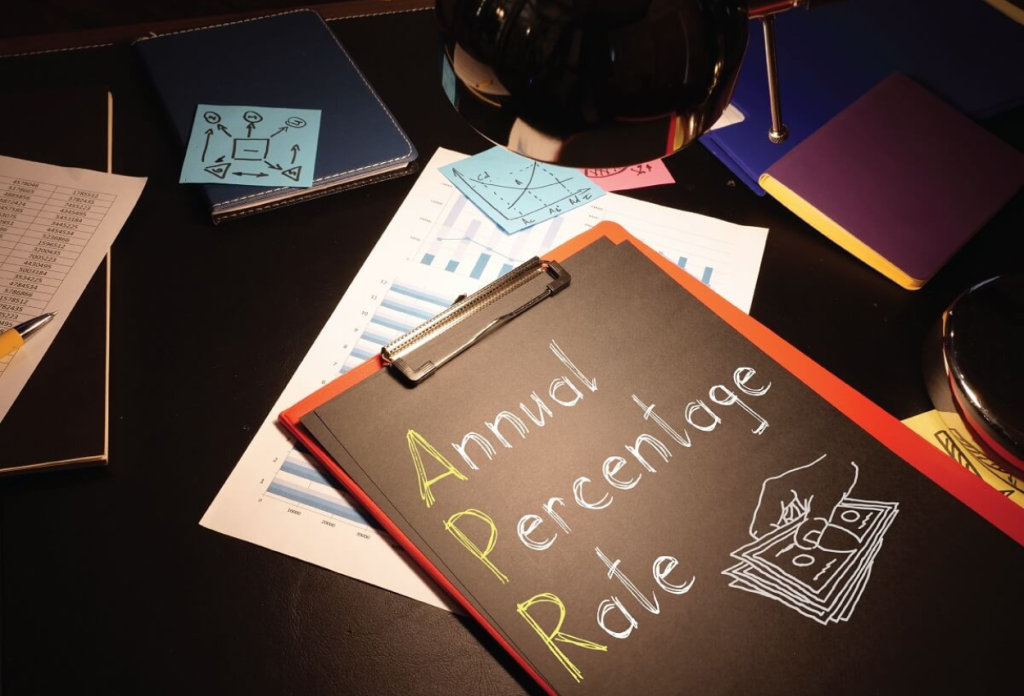
Your APR doesn’t just impact the total loan cost—it also plays a big role in your monthly car payments. Here’s how:
- If you get a $30,000 car loan with a 10% APR, you’ll be paying roughly $3,000 in interest annually.
- This translates to about $249 in interest per month.
- If you manage to lower your APR to 8%, your monthly interest drops to $198.
That’s why even a small change in APR can mean saving hundreds—or even thousands—of dollars over your loan term.
What Affects Your Car Loan APR?
Not everyone gets the same APR. Lenders calculate it based on several factors, including:
- Credit Score: A higher score means lower APR.
- Loan Amount: Bigger loans sometimes come with lower rates.
- Loan Term Length: Shorter terms often have better APRs.
- Down Payment: A bigger down payment can get you a lower rate.
- New vs. Used Car: New cars usually have lower APRs than used ones.
Some dealerships even offer 0% APR promotions on new cars to attract buyers. But be careful—these deals might come with hidden conditions, like a shorter loan term or a higher car price.
Step-by-Step: How to Calculate APR on a Car Loan
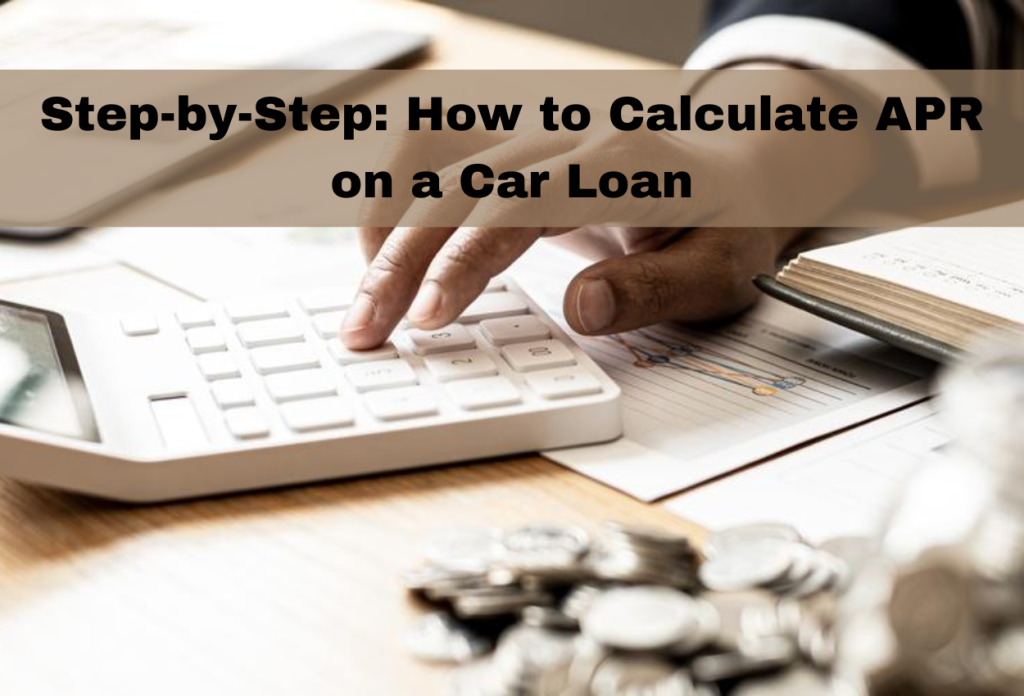
If you want to see how much your car loan is really costing you, here’s a simple method to calculate APR:
- Gather Your Loan Details: Know your loan amount, interest rate, loan term, and any additional fees.
- Find Your Monthly Payment: If not provided, calculate it by dividing the total loan cost by the number of months in your term.
- Determine the Total Loan Cost: Multiply the monthly payment by the number of months in your term.
- Calculate the Total Interest Paid: Subtract the car’s purchase price from the total loan cost.
- Use the APR Formula:
- APR=(((Interest+Fees)/LoanAmount)/LoanTerminDays)×365×100APR = (((Interest + Fees) / Loan Amount) / Loan Term in Days) × 365 × 100APR=(((Interest+Fees)/LoanAmount)/LoanTerminDays)×365×100
Example:
- Loan Amount: $22,000
- Total Interest & Fees: $7,400
- Loan Term: 5 years (1,826 days)
Applying the formula, the APR would be 6.72%.
Pro Tip: Instead of doing the math yourself, you can use free online APR calculators for quick results.
How to Get a Lower APR on Your Car Loan
Want to save thousands on your car loan? Here’s how you can secure the best APR:
- Improve Your Credit Score: Pay bills on time and reduce existing debt.
- Increase Your Down Payment: More money upfront = lower risk for lenders.
- Choose a Shorter Loan Term: Shorter loans usually have lower APRs.
- Compare Lenders: Don’t just go with the first offer—shop around!
- Consider a Co-Signer: A co-signer with a good credit score can help you get better rates.
Pro Tip: Credit unions often offer better APRs than dealerships or banks!
Common Mistakes to Avoid When Dealing with APR
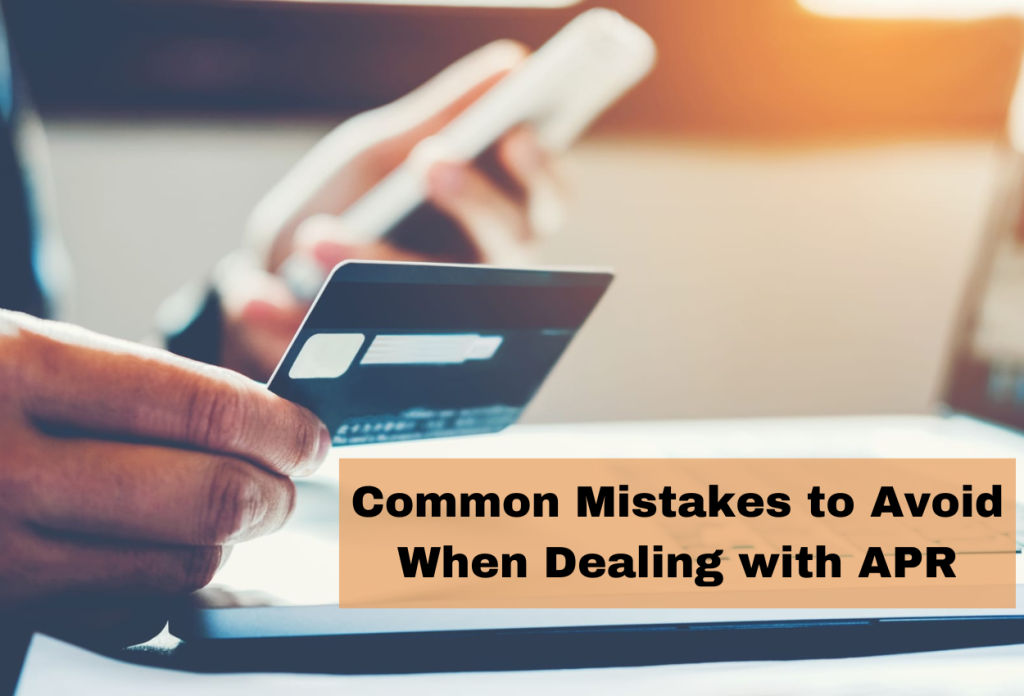
- Confusing APR with Interest Rate – APR includes all fees, while the interest rate does not. Always check both!
- Ignoring Hidden Fees – Some lenders charge extra fees that raise your APR. Always read the fine print.
- Not Comparing Lenders – Different lenders offer different APRs. Always shop around before signing anything.
FAQs About Car Loan APR
- What is a good APR for a car loan?
A good APR typically ranges between 6% and 10%, depending on your credit score, loan term, and lender. - Can I negotiate my APR?
Yes! Always ask for a better rate or compare offers from different lenders to get the lowest APR possible. - Do new and used cars have different APRs?
Yes. New cars usually have lower APRs because dealerships offer special financing incentives. Used cars generally have higher APRs. - Will refinancing my car loan lower my APR?
It can—especially if your credit score has improved since you took out the original loan. However, be mindful of refinancing fees!
Final Thoughts: APR Knowledge Saves You Money!
Understanding your car loan’s APR is crucial to making smart financial decisions. It affects your monthly payments, total loan cost, and overall affordability.
By comparing lenders, improving your credit, and negotiating for better rates, you can secure a lower APR and save money in the long run.
So before you sign on the dotted line for your next car loan, make sure you know your true borrowing cost—APR included!


